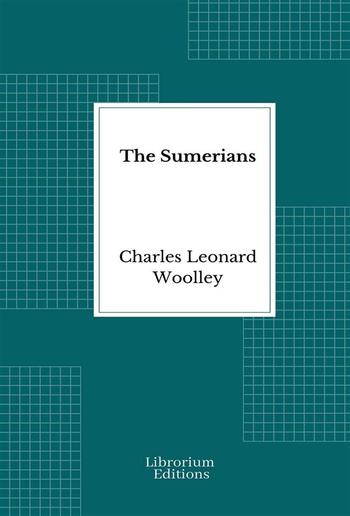
Charles Leonard Woolley - The Sumerians
The Sumerians
Charles Leonard Woolley
Description
By the second millennium before Christ the formula used by Mesopotamian kings to show that their power extended over the whole Land of the Two Rivers was ‘King of Sumer and Akkad’. The great alluvial plain from the site of the modern city of Baghdad, where the Tigris and the Euphrates approach most closely to each other, down to a point a little below Kurna, where was then the head of the Gulf, was divided into two parts; the boundary between these was ill-defined, shifting this way and that with the vicissitudes of conquest and with the rise and fall of rival elements in the population, but in the main the two countries stood in sharp opposition to one another, distinguished by the race and language of those who lived in them: Akkad, in the north, was predominantly Semitic; Sumer, in the south, was more mixed, but the Semitic element here was swamped by the Sumerians who had imposed on it their language and their civilization and had the land called after their own name.Lower Mesopotamia, which includes both Sumer and Akkad, is a delta redeemed from the Persian Gulf whose waters once reached nearly as 2 far north as Hit, and it is a delta of very recent formation. The upper Euphrates valley and the high plateau of the Syrian desert had been inhabited by man long before the gulf waters had receded: there the monuments of the palaeolithic age abound, and the later stone age has left its traces in the valleys of the Euphrates, the Khabur and the Sajur, but in Mesopotamia itself nothing of the kind is found: in the earliest human settlements flint instruments indeed are common, but they are associated with metal or betray the influence of metal-working, and we can only conclude that it was comparatively late in human history, when man had already advanced into the calcholithic age, that the lower valley became fit for his occupation.

